Cats. They’re mysterious, independent, and undeniably captivating. For millennia, humans have coexisted with these furry enigmas, but the bond goes far beyond simple companionship. In recent years, science has begun to validate what cat lovers have known all along: sharing your life with a feline friend offers a wealth of tangible benefits for your mental, physical, and emotional well-being. Forget the “crazy cat lady” stereotype; owning a cat is actually good for you! Let’s dive into 12 science-backed reasons why welcoming a cat into your home might be one of the best decisions you ever make.
1. Stress and Anxiety Meltdown
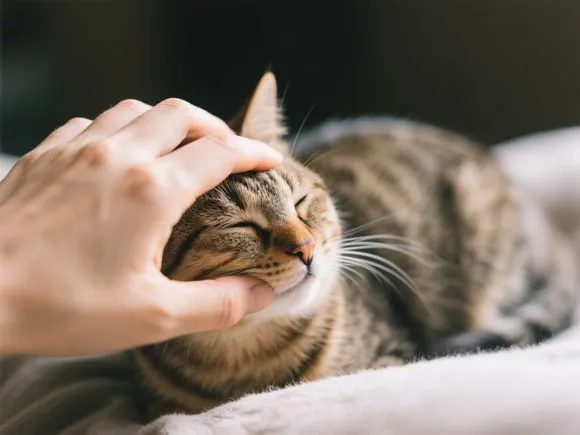
Life can be stressful. Work deadlines, bills, endless to-do lists… it piles up. Enter the humble house cat. Studies have shown that simply petting a cat can lower levels of cortisol, the body’s primary stress hormone. The rhythmic motion of stroking fur, combined with the soothing vibrations of a purr, acts as a natural calming mechanism, helping to melt away anxiety and promote a sense of peace. Having a furry friend to curl up with after a tough day is more than just comforting; it’s therapeutic.
2. Unconditional Companionship, Less Loneliness

Loneliness is a growing public health concern, impacting people of all ages. Cats provide a constant, non-judgmental presence. They’re there to greet you at the door (or at least look up from their nap), offer quiet company while you read or watch TV, and remind you that you’re not alone. For singles, the elderly, or those working from home, a cat’s companionship can make a world of difference in combating feelings of isolation.
3. Natural Mood Boosters
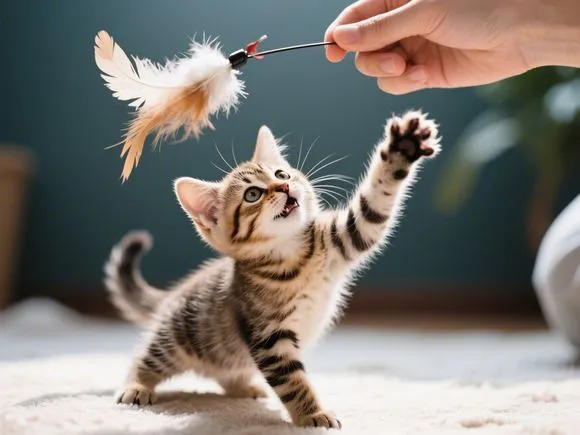
Feeling blue? Your cat might be the purr-fect antidote. Interacting with your cat, whether through play or cuddles, can trigger the release of oxytocin, often called the “love hormone,” which promotes bonding and happiness. Furthermore, the sheer entertainment value of a cat chasing a laser pointer or batting at a toy can provide moments of genuine laughter and joy, effectively lifting your spirits.
4. Potential Support for Depression Symptoms
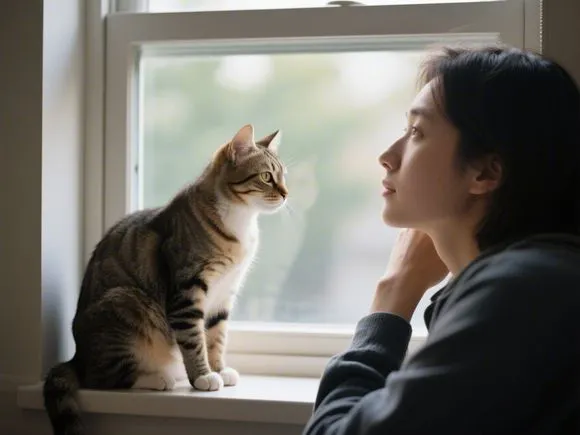
While a cat is certainly no replacement for professional mental health treatment, their presence can offer valuable support for individuals managing depression. The routine of caring for another living being – feeding, grooming, playing – provides structure and a sense of purpose. Their unconditional affection and quiet companionship can be incredibly comforting during difficult times, offering a gentle, non-verbal form of support.
5. A Healthier Heart
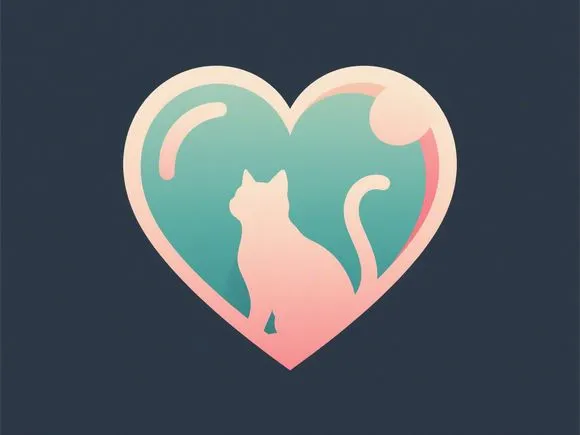
This benefit might surprise you, but research suggests cat ownership is linked to better cardiovascular health. A landmark study by the University of Minnesota’s Stroke Institute found that cat owners showed a significantly lower risk of death from heart attack or stroke compared to non-cat owners. This is likely linked to the stress-reducing effects mentioned earlier, helping to keep blood pressure in check.
6. Lower Blood Pressure
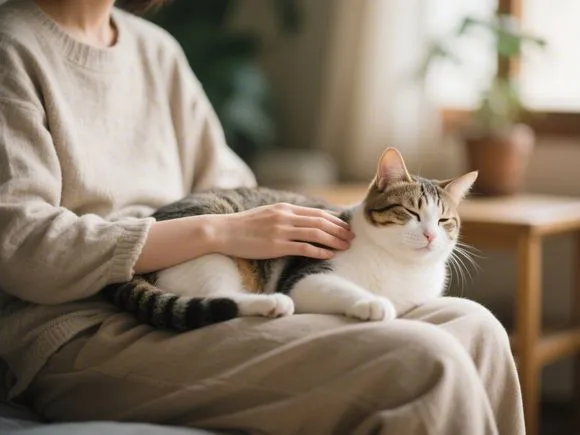
Speaking of blood pressure, multiple studies have indicated that interacting with cats can help lower it. The calming effect of petting or simply being in the presence of a relaxed cat can have a measurable impact on your cardiovascular system, contributing to overall better health, particularly for those dealing with hypertension.
7. The Therapeutic Power of the Purr
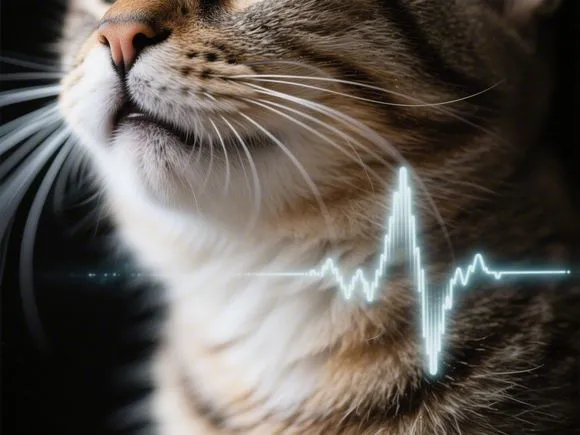
A cat’s purr isn’t just a sign of contentment; it might actually have healing properties! Purrs vibrate within a frequency range of 20-140 Hz, a range known to be medically therapeutic. Studies suggest these low-frequency vibrations can help reduce pain, promote bone healing, mend tendons, and decrease swelling. While you shouldn’t swap your doctor for Dr. Whiskers, the soothing purr definitely adds another layer to their calming influence.
8. Potentially Stronger Immune Function (Especially in Kids)
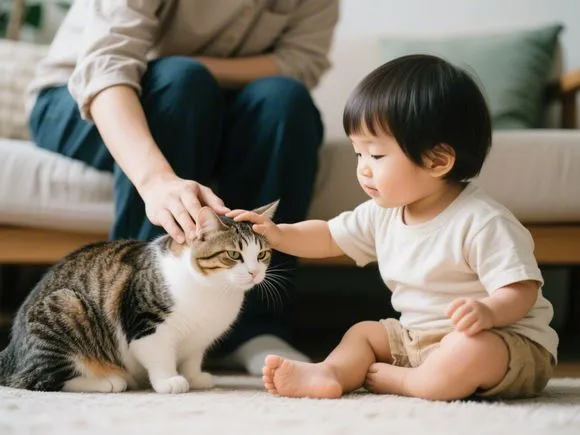
Early exposure to pets like cats might actually benefit the developing immune system. Some studies suggest that children raised in homes with cats may have a lower risk of developing certain allergies and asthma later in life. While the science is complex and results can vary, exposure to the microbes cats carry might help “train” a child’s immune system to be less reactive.
9. Better Sleep Companions
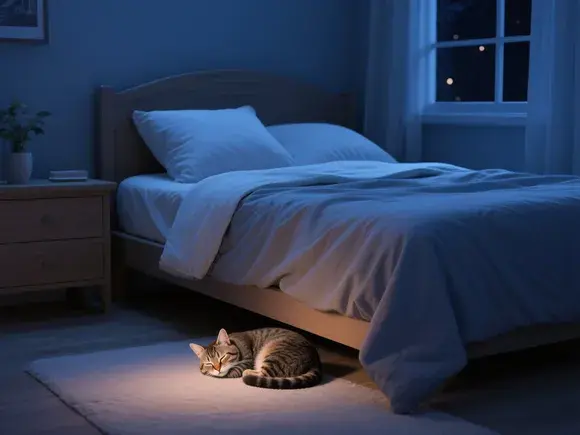
Many cat owners swear they sleep better with their feline friend nearby. The rhythmic purring, the warmth, and the sense of security a cat provides can be incredibly conducive to falling asleep and staying asleep. While the occasional midnight zoomies might interrupt, for many, the comfort outweighs the potential disturbance.
10. Teaching Empathy and Responsibility
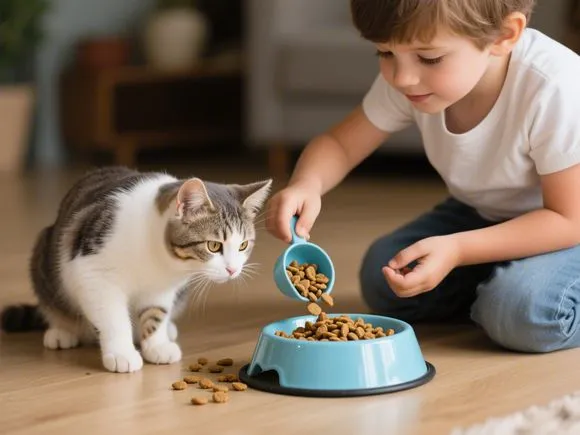
For families with children, owning a cat can be a valuable learning experience. Caring for a pet teaches kids responsibility, routine, and the importance of considering another being’s needs. It also fosters empathy, as children learn to interpret their cat’s body language and respond appropriately to their needs for food, play, or quiet time.
11. Relatively Low Maintenance Companions
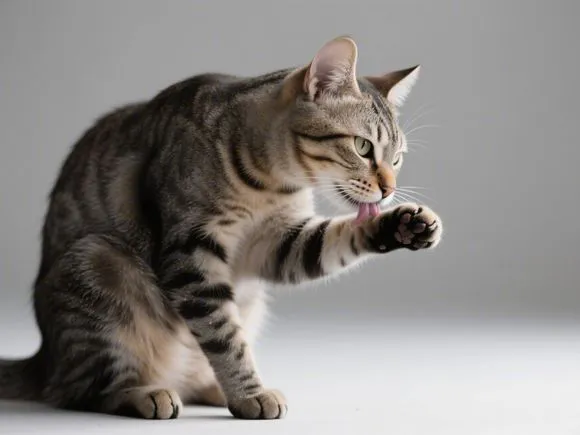
Compared to dogs, cats are often considered lower maintenance pets. They don’t require walks, are typically content entertaining themselves, and are fastidious groomers. While they still need regular feeding, fresh water, litter box cleaning, vet check-ups, and playtime, their independent nature makes them a great fit for busy individuals or those living in apartments.
12. Natural (and Cute) Pest Patrol
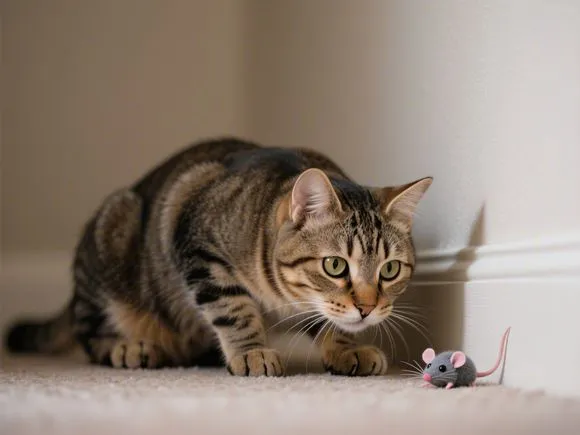
Cats are natural predators. While you hopefully don’t have a major rodent problem, a cat’s mere presence can deter mice and other pests. And if an unlucky bug happens to wander inside, chances are your feline hunter will be on the case, providing a furry, four-legged form of pest control.
Conclusion: More Than Just a Pet
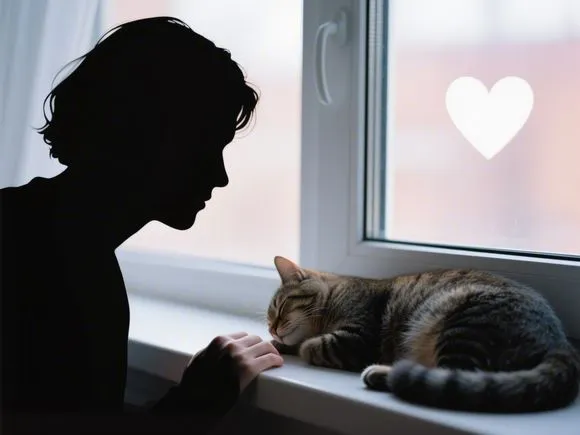
From easing stress and combating loneliness to potentially improving heart health and teaching responsibility, the benefits of sharing your life with a cat are numerous and often backed by scientific observation. They offer companionship, entertainment, and a unique, quiet affection that enriches our lives in countless ways. If you’re ready for the commitment, welcoming a cat companion might just be one of the most rewarding, health-boosting decisions you can make.